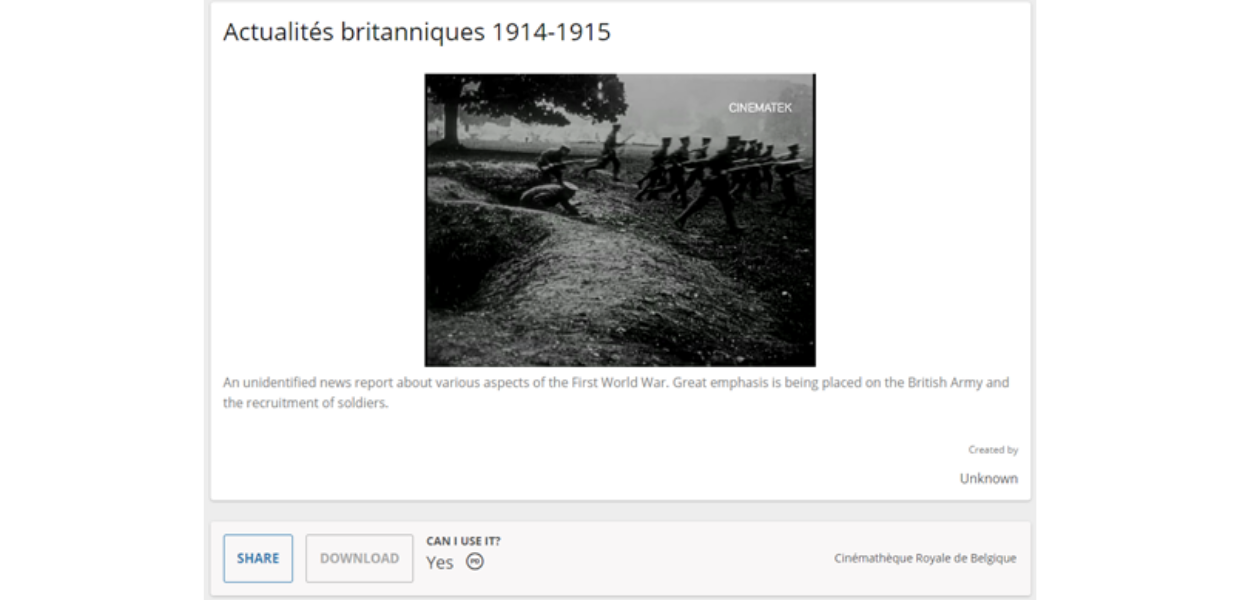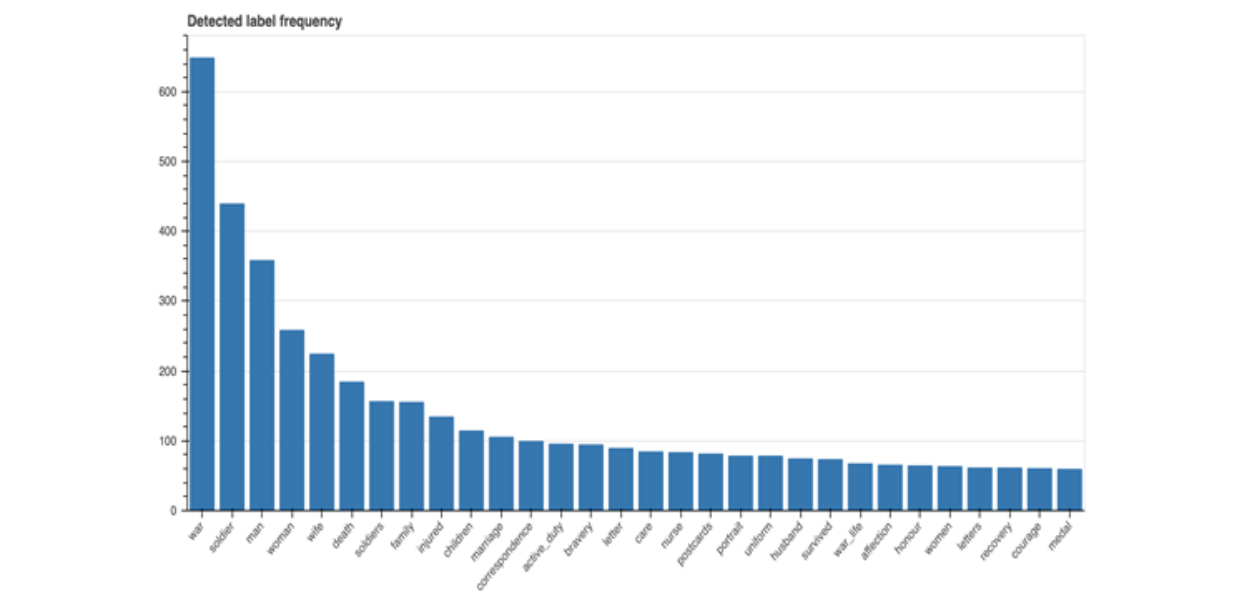How did you discover the Europeana Grants Programme and why did you decide to apply for it?
I was already very familiar with Europeana through my earlier research, especially for EUscreen, a project that has made Europe's television heritage available on Europeana. I have extensive experience in Media and Culture Studies and Digital Humanities through other large-scale Dutch and European best-practice projects on digital heritage and cultural memory, including VideoActive and CLARIAH. I decided to apply for the Europeana Research Grants Programme because in my previous work I have extensively studied the multimedia storytelling and reuse of audiovisual archival materials of World War II, especially in historical and archive-based television and cross-media content. I was therefore very keen and enthusiastic to be able to expand this work in the context of the 1914-1918 Collection, and to carry out a pilot study combining data science and qualitative analysis to do so.
How does access to digital cultural heritage influence your research?
I argue that creative reuse with digital cultural heritage not only offers new possibilities for Humanities research, but is also important from a meta-perspective in two key ways. Firstly, it can provide self-reflexive perspectives regarding search and doing research, such as individual skills and practices of search or research (‘search cultures’), as well as personal interests and ‘information bubbles’ in digital contexts. I believe that awareness of these aspects can positively influence the way in which we use digital tools, and write up and share our findings in research. Secondly, creative reuse is practical as a main research perspective, because it underscores that the selection of historical sources as digital cultural heritage in a database adds other – more or less visible – layers of representation and interpretation.
To find out more about Dr Hagedoorn's project, download her final report below, and read the other interviews in this series with grant winners Saverio Vita and Elizabeth Benjamin.





